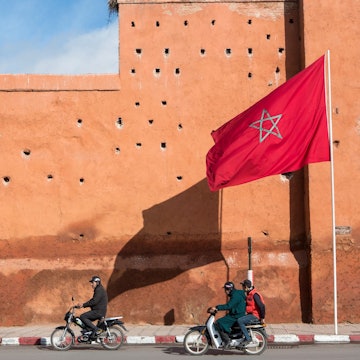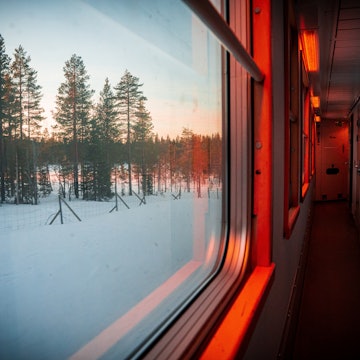

Have you ever noticed cabin crew members disappearing into a cupboard on a long haul flight? As it happens, that’s not a cupboard, it’s the secret door to what’s often the most spacious way to catch forty winks on a plane: the crew rest areas. John Walton explains where they are and how you can spot them.

Where does the crew sleep on a flight?
They’re not glamorous, but they’re very comfortable, with padded bunks and sometimes even in-flight entertainment! With 14- to 18-hour flights no longer unusual, pilots and cabin crew have legally mandated rest times —and airlines also realise that a rested, refreshed crew member is a happy crew member.
On the big planes that fly long distances, airlines have the option of installing special crew rest areas in what would otherwise be unused space above or even below the cabin in the cargo area. “On our 777 aircraft,” explains Ben Inall, Leader of Crew Development at Virgin Australia, “the cabin crew rest area is larger, containing eight bunks and located in the tail of the aircraft. The crew rest bunks sit in the roof above the passenger cabin which ensures a nice quiet space. This really helps with the time zone difference associated with flying across the Pacific. Bunks are just over six feet-long, but standing room is limited. Each bunk has a thick curtain to reduce noise and light.”

Do pilots sleep on long flights?
For the people flying the plane, Inall says, “the pilot rest is at the front of the aircraft and contains two bunks, two seats and in-flight entertainment.” On Virgin Australia’s 15-17 hour trans-Pacific flights, the four pilots on board will swap off on rest breaks. For Japan Airlines, the company’s crew team tells me, the long haul fleet (Boeing 777 and 787 aircraft) all have crew rests, which are used both for resting and for the crew to have a moment to relax and eat their meals during their break.
On aircraft without crew rests, a special curtain covers the crew seating area, which lets the crew eat their meals in peace. On Virgin Australia’s Airbus A330 200 jets, which don’t have crew rest areas, “the pilots and crew occupy specific passenger seats for their rest. This is typical of this type of aircraft. Pilots use a business class seat at the back of the cabin, whilst cabin crew have a block of seats at the rear of the aircraft which are curtained off,” Inall tells me. The curtains are a giveaway here, but if the curtain isn’t there, and you’re eagle-eyed, you’ll also spot the little tracks in the ceiling that the curtain uses when it’s installed.

Where do flight attendents take their breaks?
But what about flights on smaller planes with one aisle? Inall explains: “on our short haul flights that operate through the night and where passenger numbers permit, we block out the back row on our Boeing 737 aircraft to provide a space where our crew can comfortably have a break. These flights are typically no more than five hours long, so a little space to freshen up and relax allows the crew to be rested. Signing on late at night and working until the sun rises can be challenging physically so this assists the crew with their fatigue management.
John Walton is an international aviation journalist, follow him @thatjohn.














